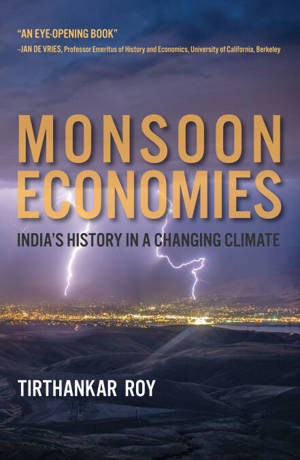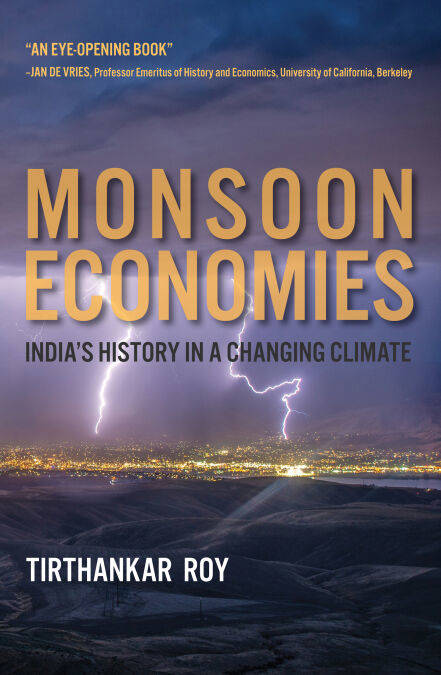
- Afhalen na 1 uur in een winkel met voorraad
- Gratis thuislevering in België vanaf € 30
- Ruim aanbod met 7 miljoen producten
- Afhalen na 1 uur in een winkel met voorraad
- Gratis thuislevering in België vanaf € 30
- Ruim aanbod met 7 miljoen producten
Zoeken
Omschrijving
How interventions to mitigate climate-caused poverty and inequality in India came at a cost to environmental sustainability.
In the monsoon regions of South Asia, the rainy season sustains life but brings with it the threat of floods, followed by a long stretch of the year when little gainful work is possible and the threat of famine looms. Beginning in the late nineteenth century, a series of interventions by Indian governments and other actors mitigated these conditions, enabling agricultural growth, encouraging urbanization, and bringing about a permanent decrease in death rates. But these actions—largely efforts to ensure wider access to water—came at a cost to environmental sustainability. In Monsoon Economies, Tirthankar Roy explores the interaction between the environment and the economy in the emergence of modern India.
Roy argues that the tropical monsoon climate makes economic and population growth contingent on water security. But in a water-scarce world, the means used to increase water security not only created environmental stresses but also made political conflict more likely. Roy investigates famine relief, the framing of a seasonal “water famine,” and the concept of public trust in water; the political movements that challenged socially sanctioned forms of deprivation; water as a public good; water quality in cities; the shift from impounding river water in dams and reservoirs to exploring groundwater; the seasonality of a monsoon economy; and economic lessons from India for a world facing environmental degradation.
In the monsoon regions of South Asia, the rainy season sustains life but brings with it the threat of floods, followed by a long stretch of the year when little gainful work is possible and the threat of famine looms. Beginning in the late nineteenth century, a series of interventions by Indian governments and other actors mitigated these conditions, enabling agricultural growth, encouraging urbanization, and bringing about a permanent decrease in death rates. But these actions—largely efforts to ensure wider access to water—came at a cost to environmental sustainability. In Monsoon Economies, Tirthankar Roy explores the interaction between the environment and the economy in the emergence of modern India.
Roy argues that the tropical monsoon climate makes economic and population growth contingent on water security. But in a water-scarce world, the means used to increase water security not only created environmental stresses but also made political conflict more likely. Roy investigates famine relief, the framing of a seasonal “water famine,” and the concept of public trust in water; the political movements that challenged socially sanctioned forms of deprivation; water as a public good; water quality in cities; the shift from impounding river water in dams and reservoirs to exploring groundwater; the seasonality of a monsoon economy; and economic lessons from India for a world facing environmental degradation.
Specificaties
Betrokkenen
- Auteur(s):
- Uitgeverij:
Inhoud
- Aantal bladzijden:
- 230
- Taal:
- Engels
- Reeks:
Eigenschappen
- Productcode (EAN):
- 9780262369275
- Verschijningsdatum:
- 11/04/2022
- Uitvoering:
- E-book
- Beveiligd met:
- Adobe DRM
- Formaat:
- ePub

Alleen bij Standaard Boekhandel
+ 29 punten op je klantenkaart van Standaard Boekhandel
Beoordelingen
We publiceren alleen reviews die voldoen aan de voorwaarden voor reviews. Bekijk onze voorwaarden voor reviews.








